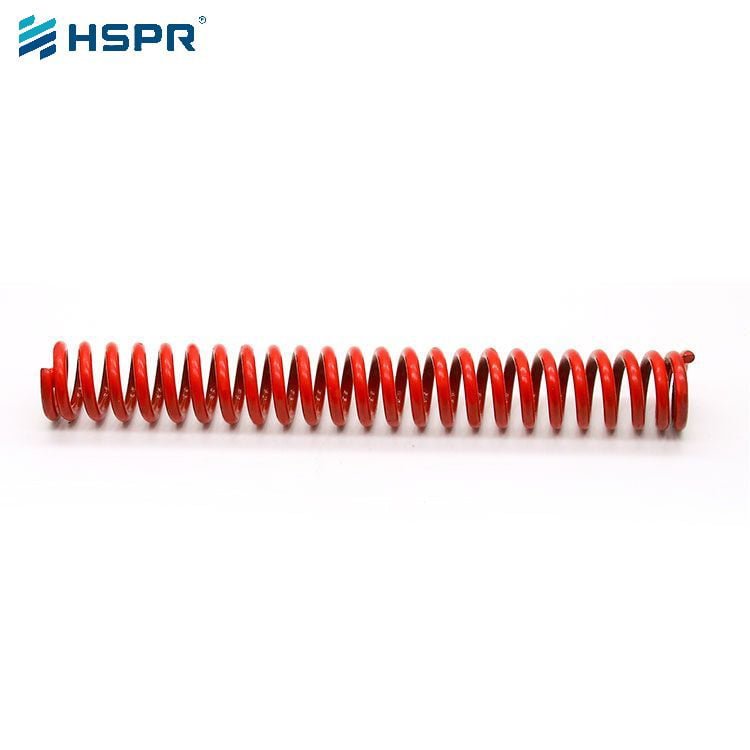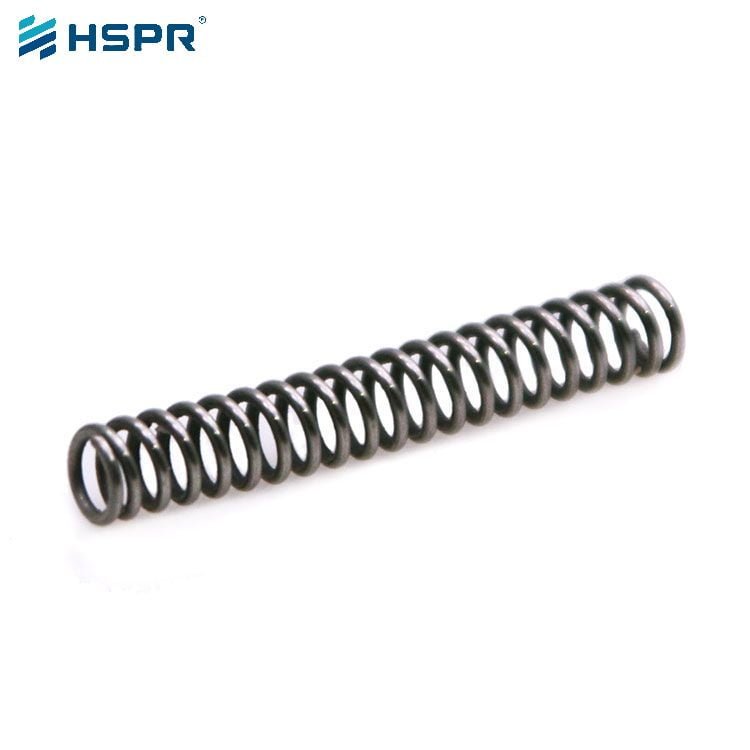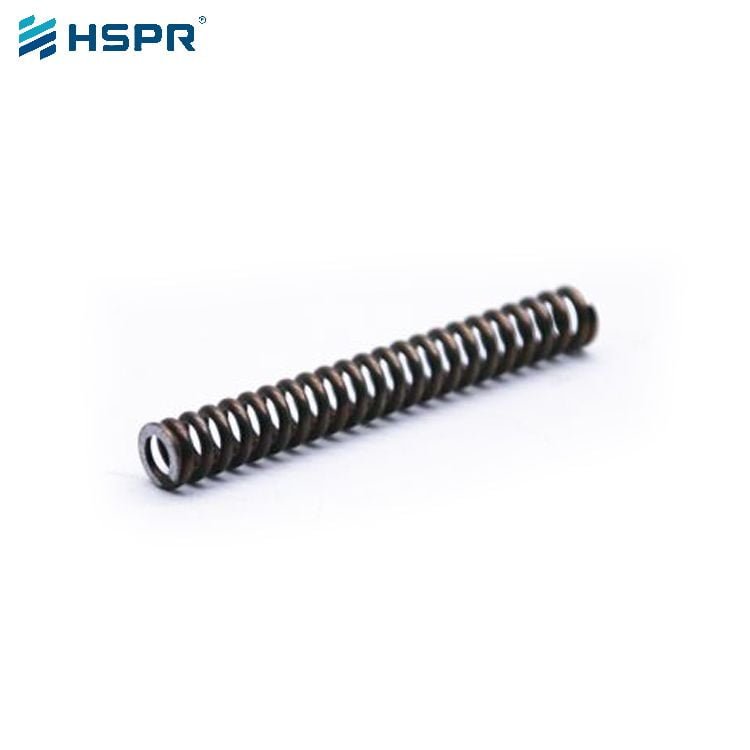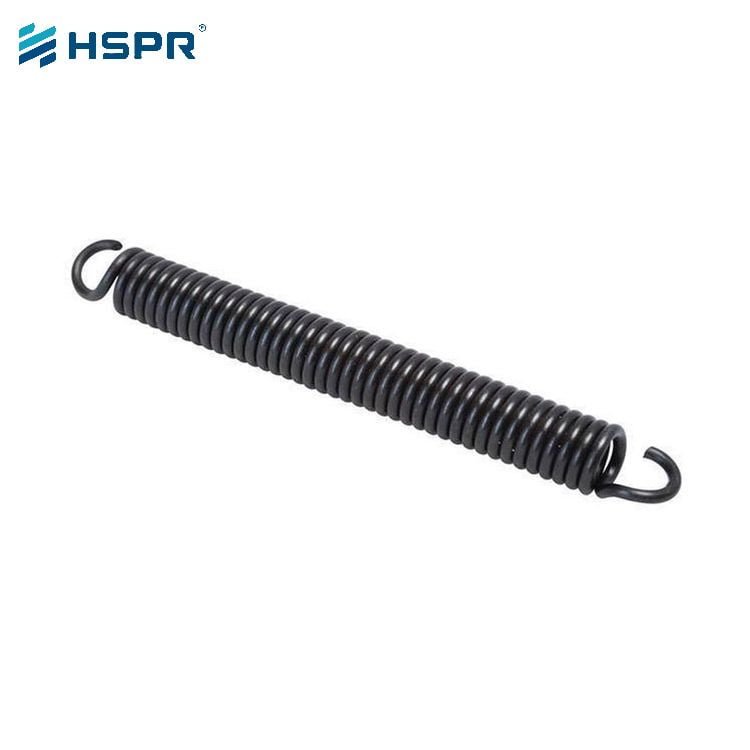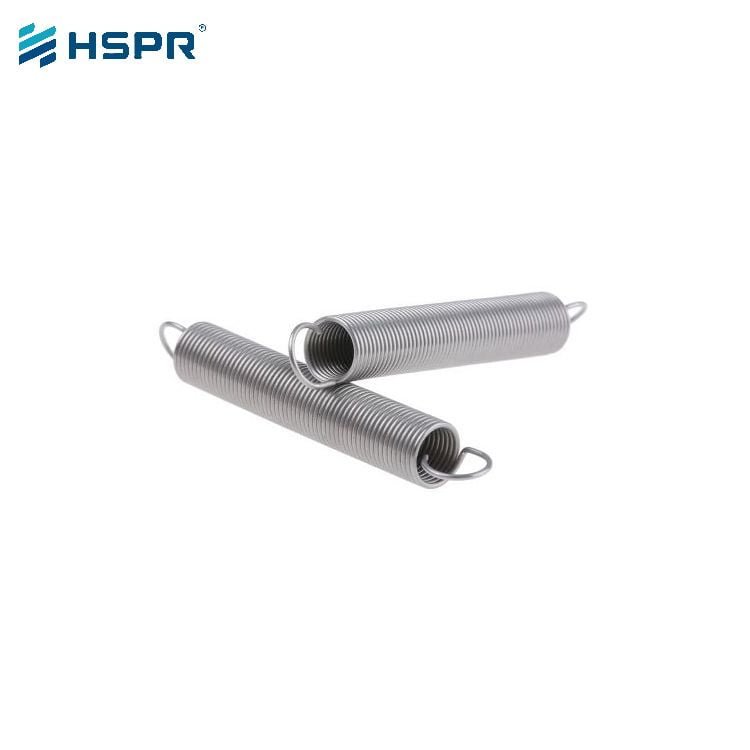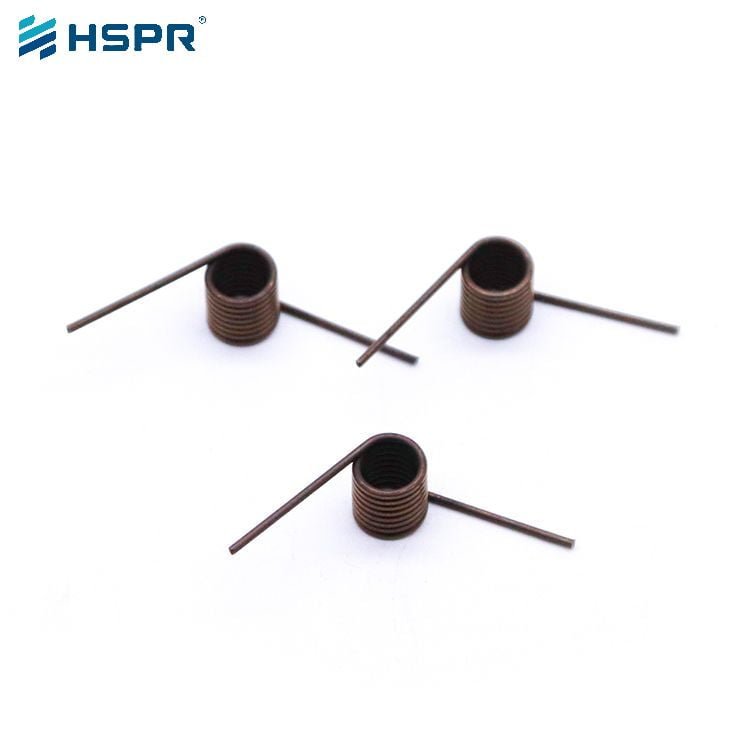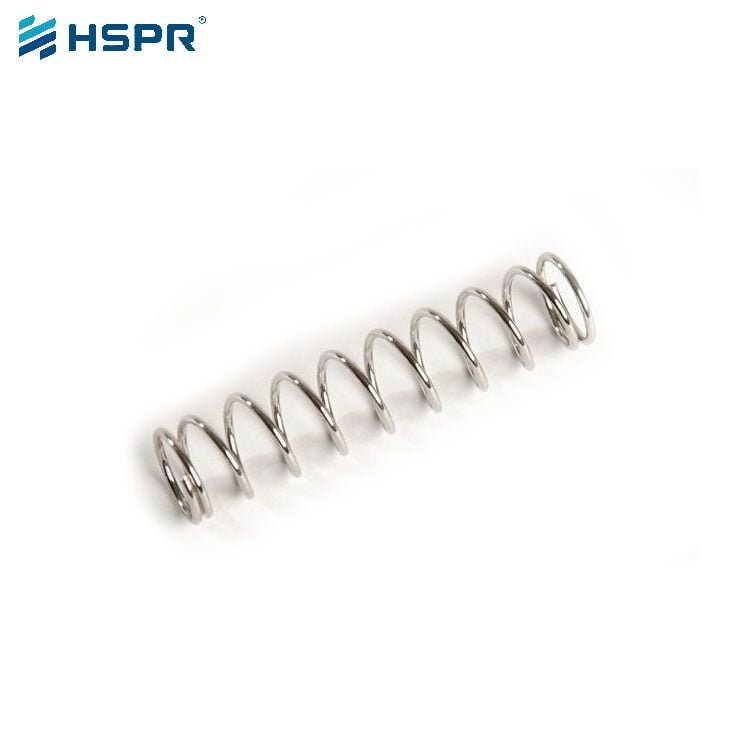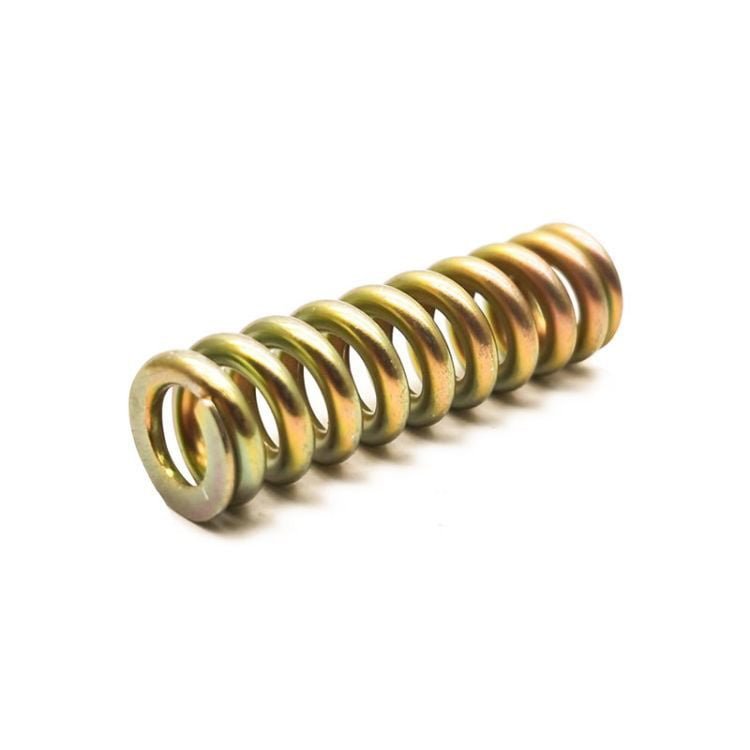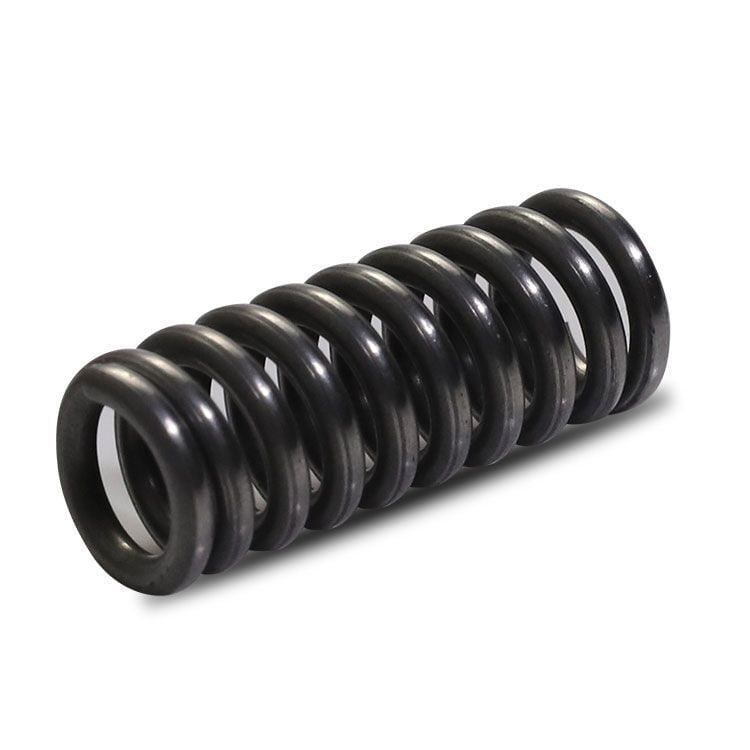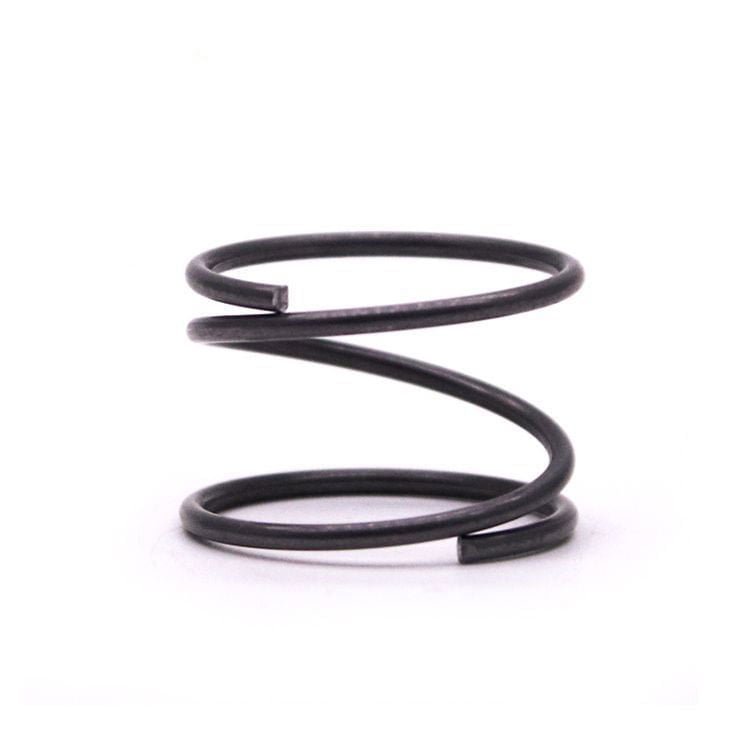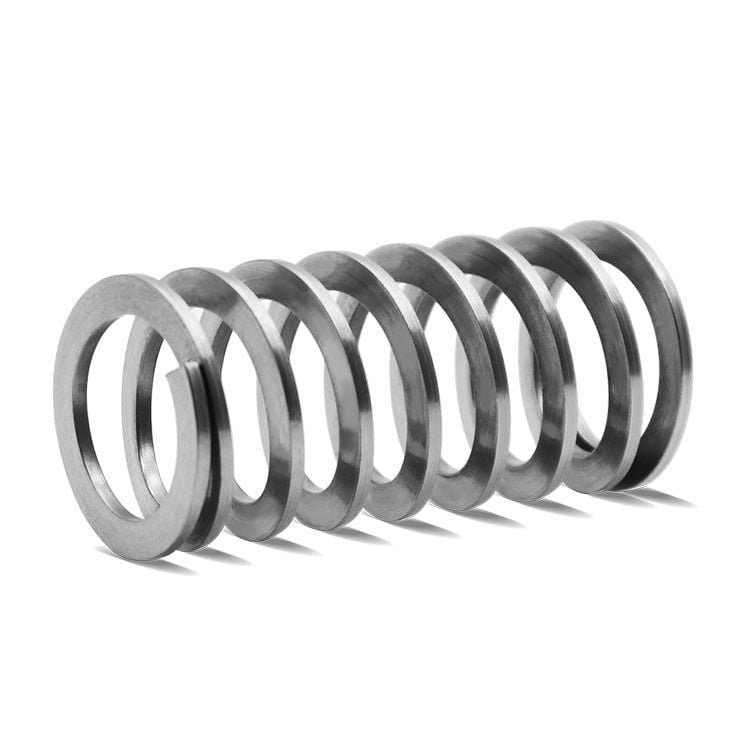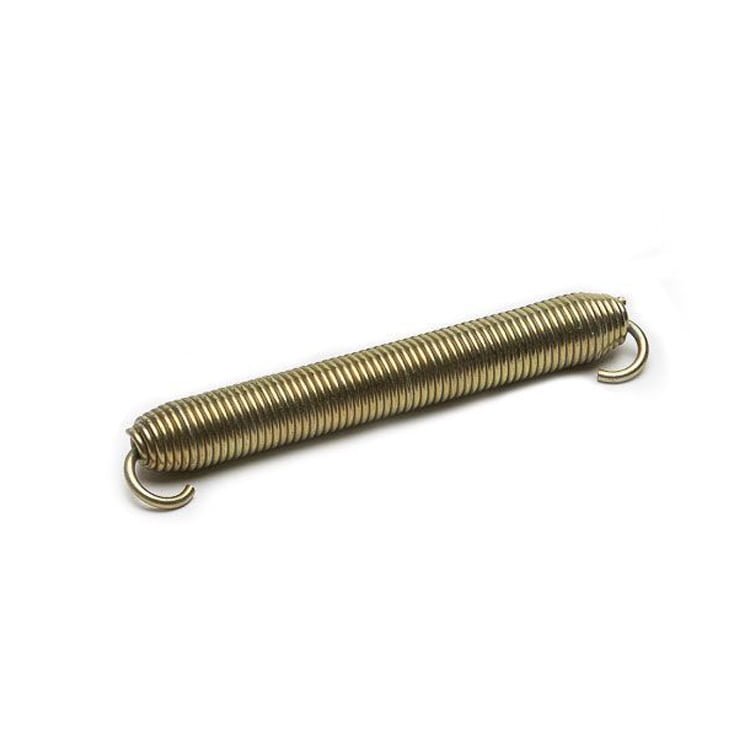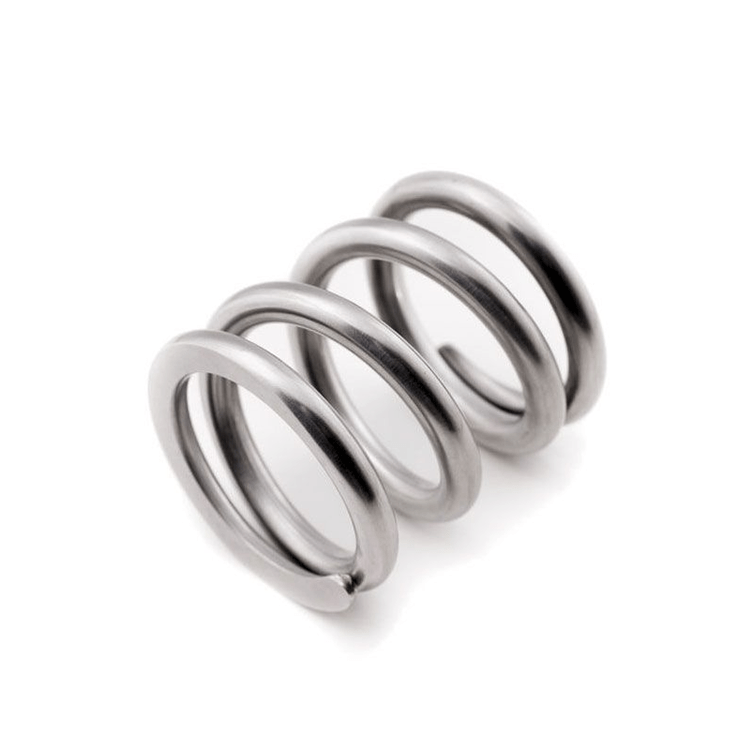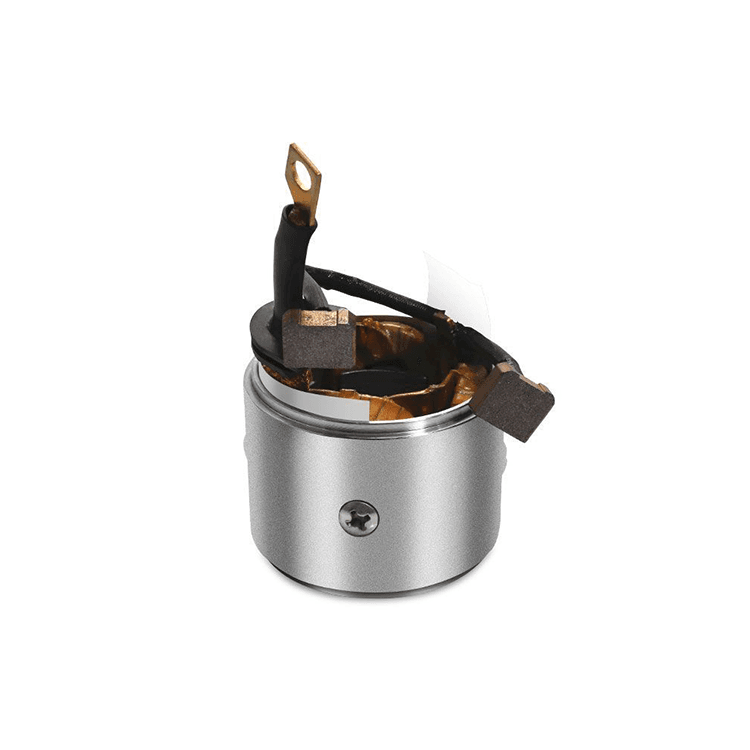10mm od spring
For 10mm od spring, od is an important parameter in the specification of springs. Generally speaking, the diameter is expressed by the letter “D” plus a number, such as “D10” which means a spring with a diameter of 10mm. This representation is simple, intuitive and easy to understand.
10mm od spring are of many types, including but not limited to compression springs, tension springs and torsion springs. Different types of springs have different elastic characteristics and load capacity, and are suitable for different application scenarios.
- Compression spring: mainly used to withstand pressure, such as car seats, shock absorbers, etc.
- Tensile spring: mainly used to withstand pressure, such as spring scales, pullers and so on.
- Torsion spring: mainly used for torsion force, such as clock spring, door hinges, etc.
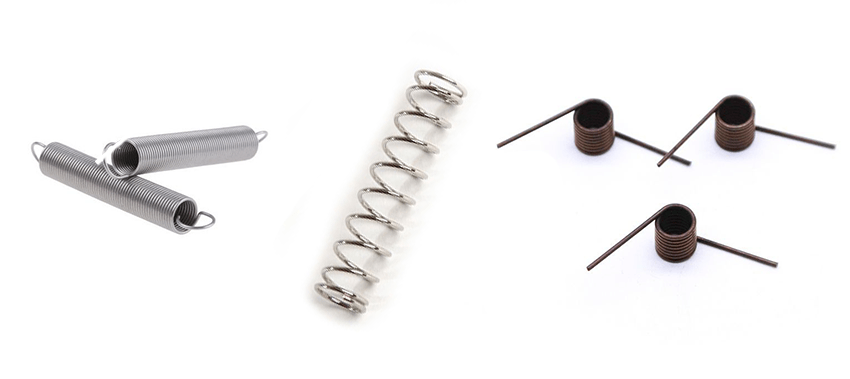
10mm od spring has a wide range of applications, including but not limited to mechanical manufacturing, automotive industry, electronic equipment, furniture manufacturing, etc. They are often used in shock absorption, support, energy storage, control motion, etc., and play an important role in improving the performance and reliability of products.
Features of 10mm od spring:
- The spring with an outer diameter of 10mm belongs to the medium and small range.
- Compared to larger diameter springs, 10mm od springs are more compact in volume and suitable for space-constrained applications.
- Due to its relatively small diameter, its elastic limit may be relatively small, and the amount of deformation it can withstand is limited. However, this does not mean that the elasticity must be small, but also consider the wire diameter of the spring, the number of turns, the material and other factors.
- In the same material, wire diameter and number of turns and other conditions, compared with the larger diameter of the spring, 10mm outer diameter of the spring may produce less spring, but through the optimization of the design and material selection, can improve its spring to a certain extent.
In addition to the diameter, the spring has other important parameters, such as wire diameter, pitch, effective number of turns, own height and so on. These parameters determine the performance and characteristics of the spring.
- Wire diameter: The diameter of the spring wire, indicated by the letter “d” followed by a number, such as “d1.5” indicates a spring with a wire diameter of 1.5 mm. The wire diameter determines the stiffness and load capacity of the spring.
- Pitch: In addition to the support ring, the axial distance of the corresponding points of the adjacent springs on the middle meridian, expressed by “T”.
- Effective turns: The number of turns the spring can maintain the same pitch, expressed by “N”.
- Free height: the height of the spring without external force, expressed by “H0”.
Purchase and installation suggestions
When purchasing a 10mm od spring,,it is necessary to choose the appropriate type, material and parameters according to the specific application needs and working environment. When installing the spring, it is necessary to pay attention to the correct installation position and method to ensure its normal work and extend its service life. In addition, regular inspection and maintenance of the spring is also necessary to ensure its performance and safety.
In summary, the 10mm od spring has the characteristics of compact size, moderate elastic properties, wide application scenarios and diverse material choices. In practical applications, it is necessary to select the appropriate spring type and material according to the specific needs, and ensure that it is properly installed and maintained to maximize its performance.
Address
140 meters north of the intersection of Xueyuan Road and Textile Road, Huixian County, Xinxiang City, China
